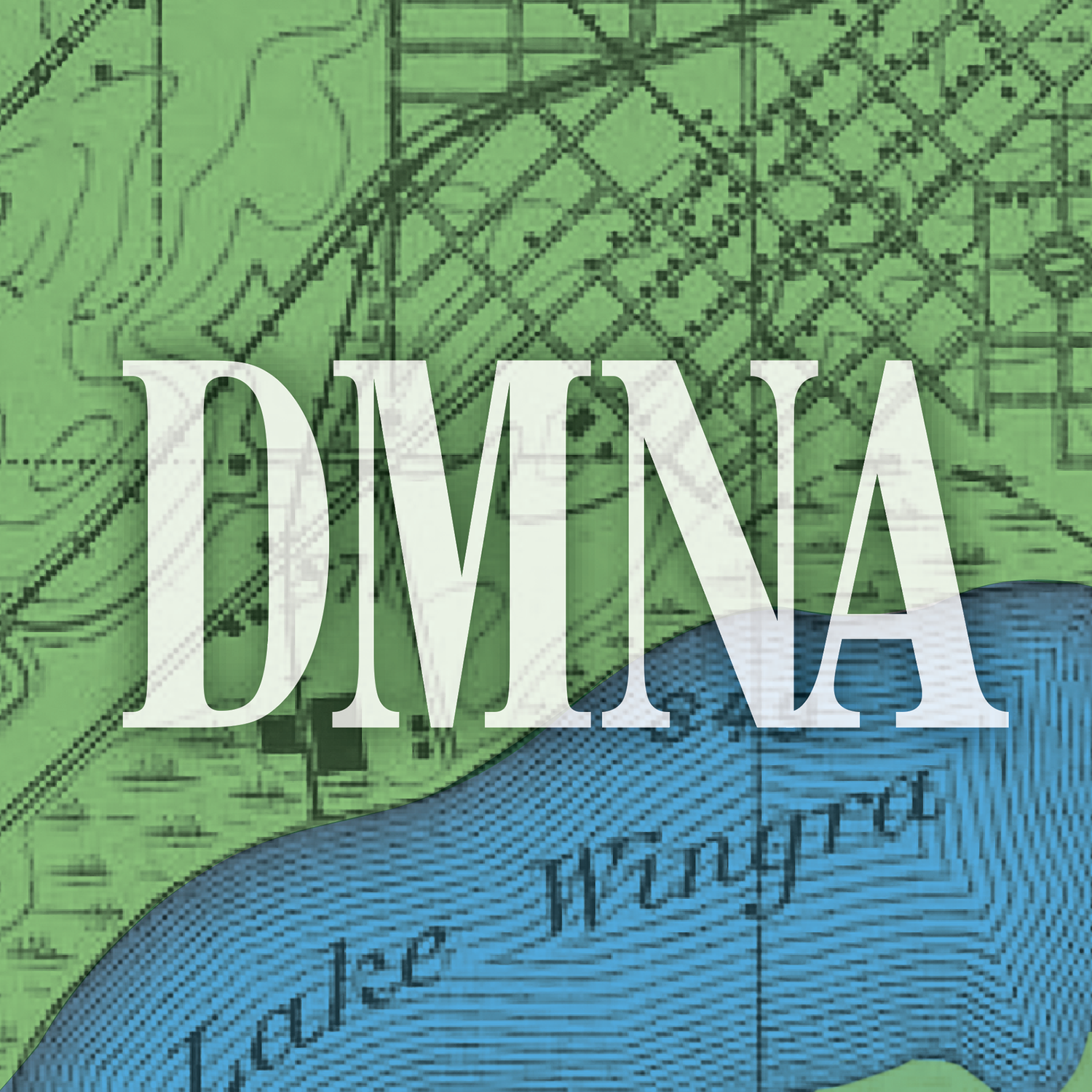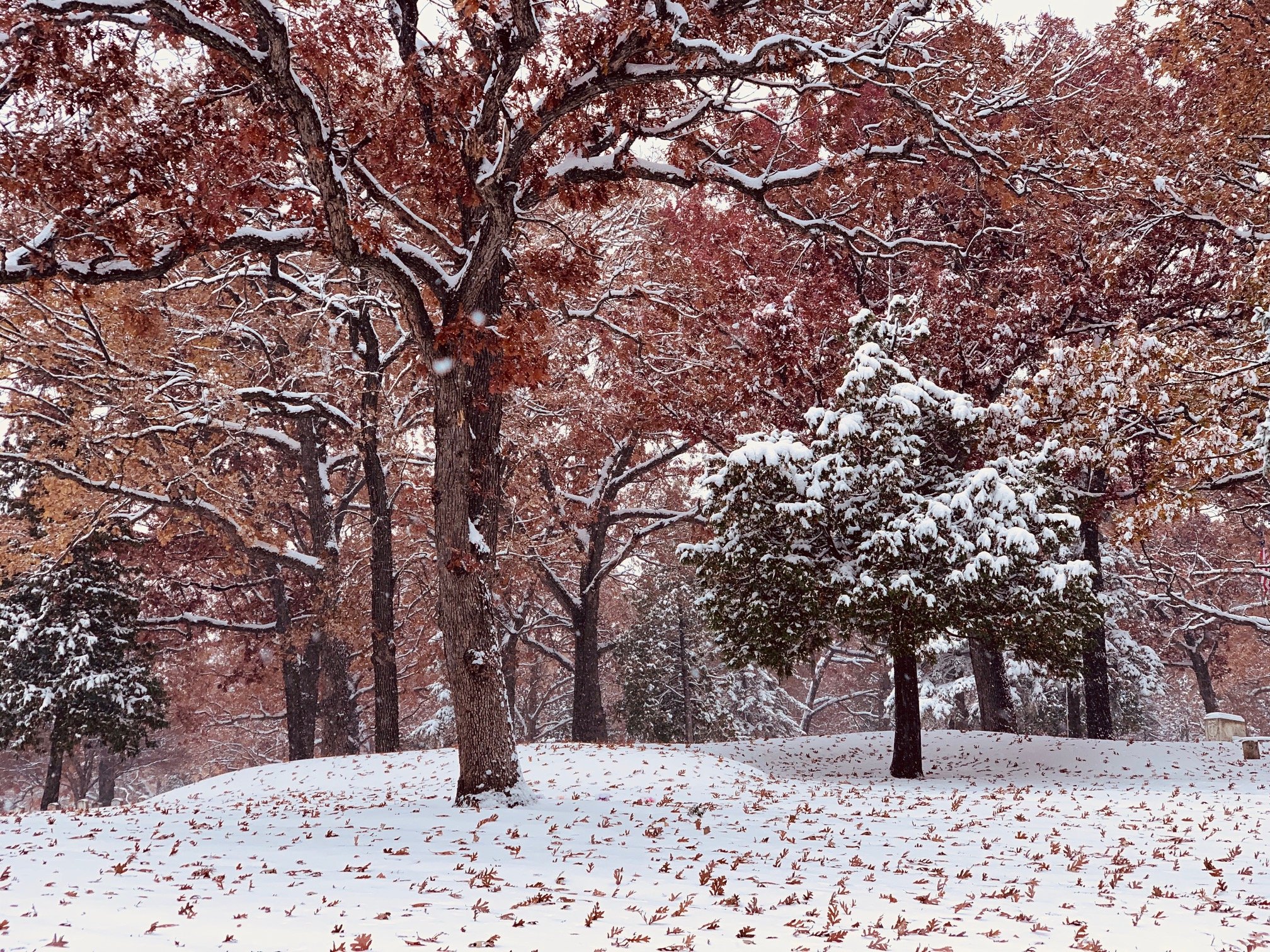
Effigy Mounds of Dudgeon-Monroe and Adjacent Neighborhoods
1937 Aerial map marked with mound locations
The area around Lake Wingra has arguably the highest concentration of Native American mounds in the world. This was likely due to the large number of natural springs around the lake, as springs are thought to have had spiritual significance to the Native Americans of the Late Woodland period.
If you want to learn more about the rich history of mound building in our neighborhood, you may find the below resources informative.
General Information:
Edgewood Mound Group:
Forest Hill Cemetery Mound Group:
Vilas Park Mound Group:
Additional Information
-
1937 Aerial Photo With Mounds
An aerial photo of the Lake Wingra area, taken in 1937. It was annotated (in red) with the location of known Native American Indian mounds, many of which were destroyed when the area was developed. It is used with permission of the UW Madison Arboretum.
-
2015 Robert A Birmingham Talk
Watch this video of Professor Birmingham talk about the spiritual/cultural significance of the Wingra Springs near the Jens Jensen 'Wheeler Council Ring', Oak Savannah, and Dudgeon School:
Archeologist and author Robert A Birmingham was the guest speaker for the DMNA Annual Meeting for all members on April 19, 2015. Professor Birmingham was the state archeologist for the Wisconsin Historical Society for fifteen years and has authored numerous books and articles on ancient Native Cultures of Wisconsin. He now teaches at the University of Wisconsin - Waukesha and writes from his home in Madison. Professor Birmingham has an energizing and far reaching expertise on the ancient Effigy Mounds that covered the landscape of the Four Lakes region, now Madison. The mounds that surrounded Lake Wingra and through the Dudgeon-Monroe and other Lake Wingra neighborhood areas have been described by Professor Birmingham as 'among the densest and most impressive effigy mound groupings found anywhere'.



